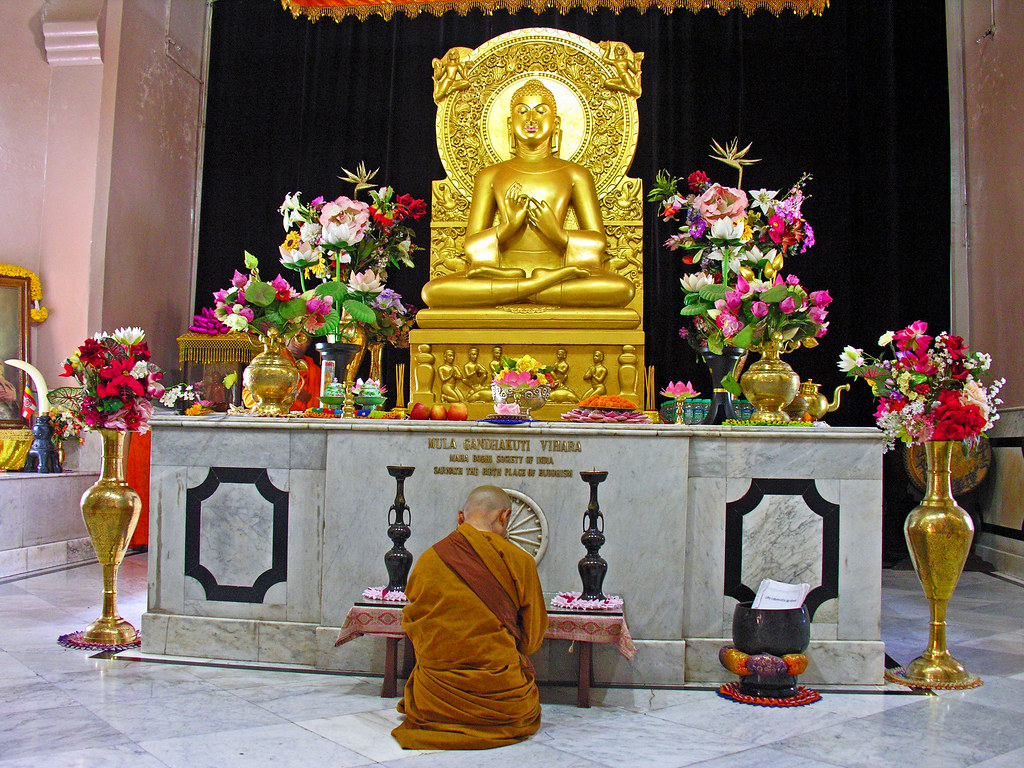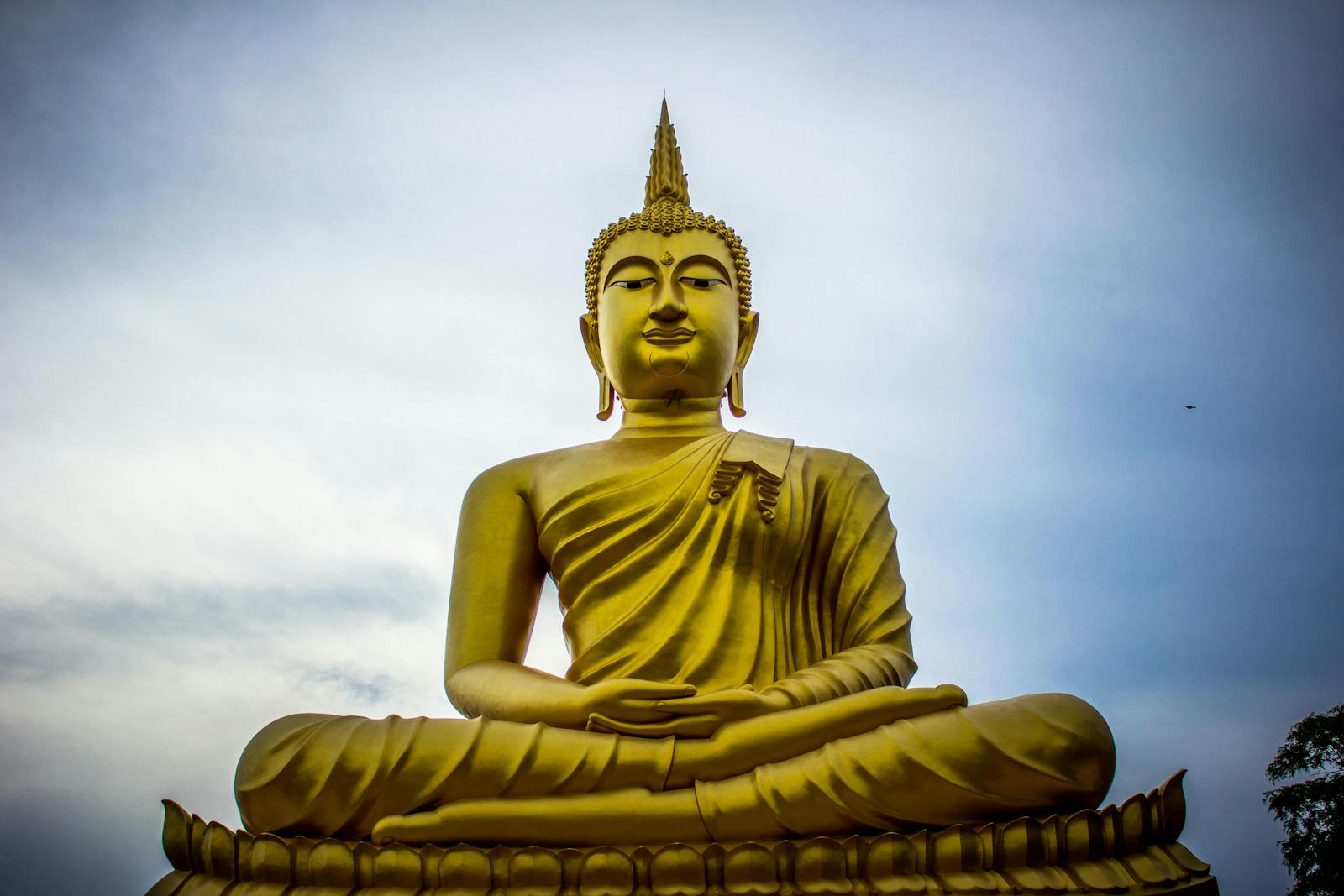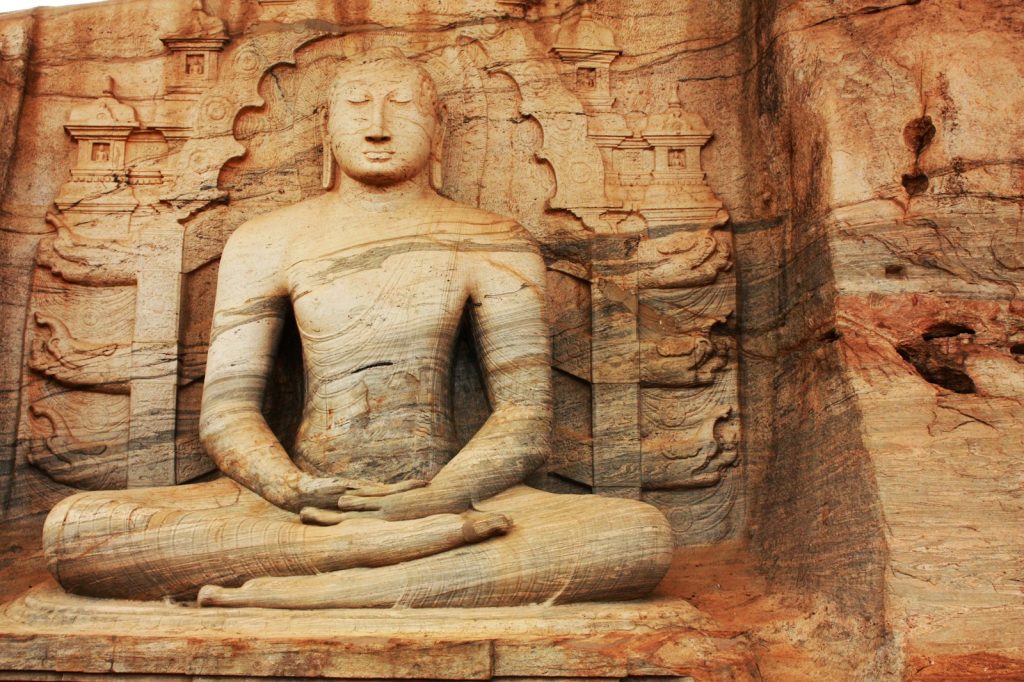Buddhism, one of the world’s major religions, has a rich and intricate history that spans over two millennia. Rooted in the teachings of Siddhartha Gautama, the Buddha, this philosophical and spiritual tradition has evolved, adapting to various cultural contexts and spreading its influence across the globe. From its origins in ancient India to its current status as a global phenomenon, the history of Buddhism is a captivating journey of growth, transformation, and enduring wisdom.
Origins and Early Development (6th – 4th Century BCE)
Buddhism traces its roots back to the 6th century BCE in the northeastern Indian subcontinent, in what is now modern-day Nepal. Siddhartha Gautama, born into a royal family, embarked on a spiritual quest after witnessing the suffering and impermanence of life. After years of meditation and introspection, he attained enlightenment under a Bodhi tree in Bodh Gaya, India. This event marked the birth of Buddhism.
The Buddha’s teachings, known as the Dharma, revolved around the Four Noble Truths, which highlighted the existence of suffering, its causes, the possibility of its cessation, and the Noble Eightfold Path as a means to achieve enlightenment and liberation from suffering. This early form of Buddhism, often referred to as Theravada or Hinayana, emphasized personal practice, meditation, and ethical conduct.

Spread and Development (3rd Century BCE – 5th Century CE)
Buddhism gained momentum and spread across India during the reign of the Mauryan emperor Ashoka (circa 3rd century BCE). Ashoka’s patronage led to the establishment of monasteries, missionary efforts, and the spread of Buddhist teachings to various parts of Asia, including Sri Lanka, Central Asia, and Southeast Asia.
As Buddhism encountered different cultures, it underwent various adaptations and transformations. Mahayana Buddhism emerged as a significant development during this period, emphasizing compassion and the concept of the bodhisattva – an enlightened being who postpones their nirvana to help others achieve liberation.

Flourishing and Decline in India (5th – 12th Century CE)
Buddhism continued to thrive in India for centuries, with universities like Nalanda becoming centers of learning and scholarship. However, internal conflicts, foreign invasions, and shifts in political and religious dynamics contributed to the decline of Buddhism in its land of origin. By the 12th century CE, Buddhism had faded mainly from the Indian subcontinent.

Buddhism Beyond India (1st Millennium CE – Present)
While Buddhism waned in India, it was experiencing a new chapter of growth elsewhere. It spread eastward to China, blending with Confucianism and Daoism to form Chan Buddhism, later known as Zen in Japan. In Tibet, it merged with indigenous beliefs to create Tibetan Buddhism, characterized by its unique practices and emphasis on esoteric teachings.
Theravada Buddhism took root in Southeast Asia, becoming a dominant religious force in Thailand, Myanmar, Cambodia, and Sri Lanka. Meanwhile, Mahayana Buddhism continued to evolve and flourish in East Asia, with schools like Pure Land and Tiantai gaining prominence.

Buddhism in the Modern World
The modern era witnessed the globalization of Buddhism. The 19th and 20th centuries saw Buddhism spread to the West, attracting interest from intellectuals, seekers, and those looking for spiritual alternatives. The teachings of mindfulness and meditation gained traction in Western societies, leading to the establishment of meditation centers and the integration of Buddhist practices into various fields, such as psychology and mindfulness-based therapies.
Today, Buddhism is a global phenomenon with diverse practitioners, from monastic communities to lay followers. Its teachings inspire people to seek inner peace, ethical living, and a deeper understanding of reality. The Dalai Lama, a prominent figure of Tibetan Buddhism, has advocated for nonviolence, compassion, and the importance of interfaith dialogue.

Conclusion
The history of Buddhism is a testament to the enduring appeal of its teachings and principles. From its humble origins in ancient India to its global reach today, Buddhism has undergone numerous transformations while maintaining its core focus on ending suffering and attaining enlightenment. As it continues to evolve and adapt, Buddhism’s influence on human spirituality, philosophy, and well-being remains profound and relevant across cultures and generations.
Read also: Siddhartha Gautama (Buddha): The Journey of the Enlightened One
What is Buddhism? What do Buddhists believe?
Buddhism FAQ: Exploring Common Questions and Answers
Buddhism, a profound spiritual tradition with a rich history, often raises questions about its beliefs, practices, and philosophy. This FAQ aims to provide clear and concise answers to some of the most frequently asked questions about Buddhism.
Q1. What is Buddhism?
Answer: Buddhism is a spiritual and philosophical tradition that originated in ancient India. It is based on the teachings of Siddhartha Gautama, known as the Buddha, who attained enlightenment and shared insights into the nature of suffering and the path to liberation.
Q2. What are the Four Noble Truths?
Answer: The Four Noble Truths are the foundational principles of Buddhism. They are:
1. The Truth of Suffering: Life involves suffering.
2. The Truth of the Cause of Suffering: Attachment and craving lead to suffering.
3. The Truth of the Cessation of Suffering: By letting go of attachment, suffering can end.
4. The Truth of the Path to the Cessation of Suffering: The Eightfold Path outlines how to end suffering through ethical and mental development.
Q3. What is the Eightfold Path?
Answer: The Eightfold Path is a set of ethical and mental development guidelines leading to enlightenment. It consists of:
1. Right Understanding
2. Right Intention
3. Right Speech
4. Right Action
5. Right Livelihood
6. Right Effort
7. Right Mindfulness
8. Right Concentration
Q4. What is Nirvana?
Answer: Nirvana is the ultimate goal of Buddhism, representing liberation from suffering and the cycle of rebirth. It is a perfect enlightenment characterized by freedom from attachment, ignorance, and craving.
Q5. Are there different types of Buddhism?
Answer: Yes, Buddhism has diverse schools and traditions. Theravada emphasizes original teachings and meditation, while Mahayana emphasizes compassion and includes Zen and Pure Land branches. Vajrayana, prevalent in Tibet, focuses on advanced meditation techniques.
Q6. Do Buddhists worship a deity?
Answer: Buddhism is non-theistic; it doesn’t involve the worship of a creator deity. However, some Buddhist cultures incorporate local deities or ancestor veneration.
Q7. What is meditation’s role in Buddhism?
Answer: Meditation is central to Buddhism. It cultivates mindfulness, concentration, and insight, aiding practitioners on their path to enlightenment.
Q8. What are Bodhisattvas?
Answer: Bodhisattvas are enlightened beings who postpone their enlightenment to help others achieve liberation. They are central to Mahayana Buddhism, exemplifying compassion.
Q9. Can anyone become a Buddhist?
Answer: Yes, anyone can embrace Buddhism regardless of their background. It’s about adopting the teachings and practices rather than formal conversion.
Q10. How does Buddhism relate to modern life?
Answer: Buddhism’s principles—compassion, mindfulness, ethical living—remain relevant. Concepts like mindfulness meditation have gained popularity for managing stress and promoting well-being.


